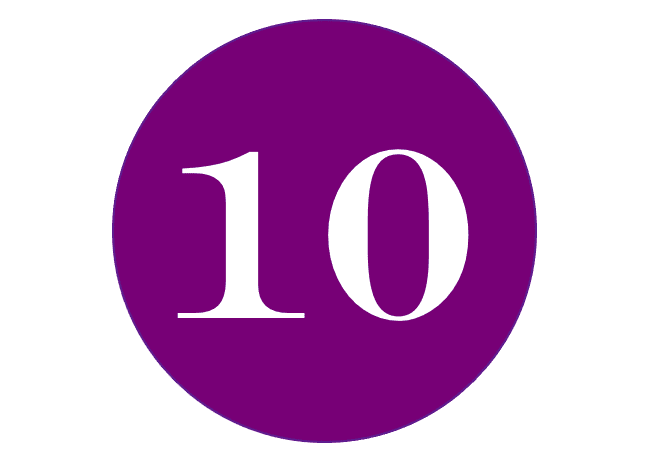
Although it grieves me to say it, these strategies may not have much to do with better teaching or understanding of the period being studied. They are, lamentably, the product of the over-mechanistic way the exam boards mark students’ answers. If you don’t follow these 10 pointers your students will be disadvantaged. Of that I am absolutely convinced. We can’t play fast and loose with these facts of life, however unpalatable. If your students don’t play by the very strict rules, their grades will suffer. This is partly why there has been such a disparity between grades on the different papers.
So this is what you need to do.
- Ensure that students know the mark schemes inside out so they are confident and know exactly what to do with each type of question that is set.
- Cut down on the content you cover in lessons. It doesn’t count at







